Where do foxes reside?
Foxes are omnivorous mammals belonging to the canine family, and as such they share many characteristics with animals like wild dogs and wolves. Three of the four variations of fox below belong to the Vulpes or “true fox” genus, while the gray fox belongs to the Urocyon genus, a family of tailed dogs that differs slightly in characteristics.
Varieties of fox can be found all throughout North America. They are intelligent, agile, and have extremely acute senses. They’re also typically very timid and easily frightened by humans.
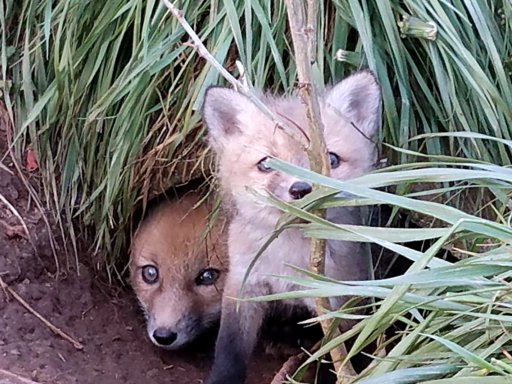
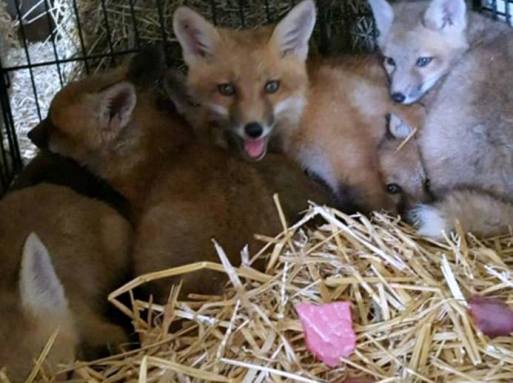

There are four different types of foxes in North America:
- The red fox breeds prolifically across all of North America, and indeed the world. It’s the most widely distributed mammal on the planet except for humans, and it’s what people most commonly think of when they hear the word “fox”.
- The gray fox is present largely in regions south of Canada, and more so towards the east coast and South America.
- The arctic fox (perhaps unsurprisingly) is found in the northerly most territories, and are out-competed in more southerly regions by the red fox.
- The kit fox is typically only found in the southwestern United States and into central Mexico.
The Den
Foxes live in dens – burrows in the ground that the fox digs itself. In these dens, they rest, store food, and protect their young from predators and the elements. In rural areas, this could be in the ground, a hollow log, crevices in rock formations, or any other abandoned structures. In urban areas, foxes can sometimes be quite destructive in their search for shelter.
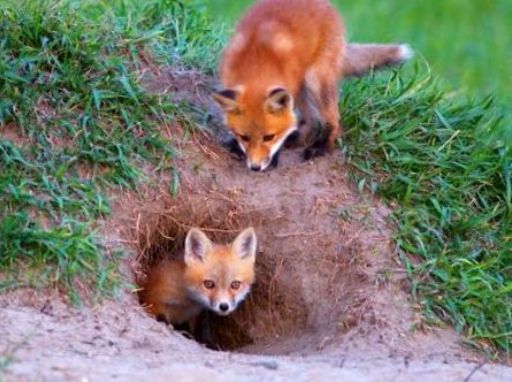
They need somewhere protected from the elements and predators to raise their young, so they can often make their home under decking, sheds, or other gaps in and around architecture instead of a natural setting. This can occasionally be problematic but it isn’t wholly dangerous, and since foxes don’t stick around long in one den, they don’t represent an extended problem if they do take up residence nearby.
Living Alongside Humans
Foxes can live in rural, semi-rural, and built-up areas, happily adapting to many different environments across the globe. Because of this adaptability, they’re able to successfully live alongside humans in any minimally accommodating areas, scavenging any food that they can. This behaviour (especially their penchant for going through garbage cans) is why they are commonly seen as pests and often targeted with traps and other repellents. The most important thing you can do is educate yourself on the animal you’re dealing with, and if you’re concerned about coming into contact with them, contact a professional who will happily advise you on what to do.
Select Your Animal

Raccoons
Raccoon Removal Information & How-To Tips

Squirrel
Squirrel Removal Information & How-To Tips

Opossum
Opossum Removal Information & How-To Tips
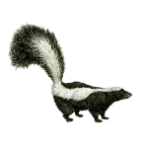
Skunks
Skunks Removal Information & How-To Tips
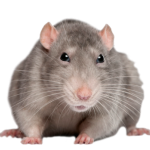
Rats
Rat Removal Information & How-To Tips
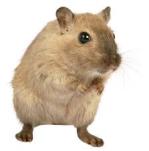
Mouse
Mouse Removal Information & How-To Tips
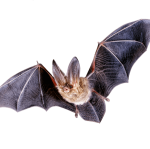
Bat
Bat Removal Information & How-To Tips

Bird
Bird Removal Information & How-To Tips

Snake
Snake Removal Information & How-To Tips
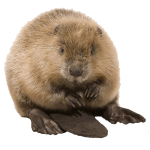
Beaver
Beaver Removal Information & How-To Tips
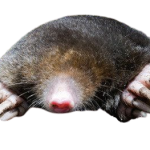
Mole
Mole Removal Information & How-To Tips
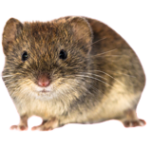
Vole
Vole Removal Information & How-To Tips

Gopher
Gopher Removal Information & How-To Tips
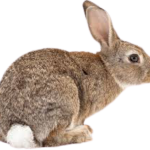
Rabbit
Rabbit Removal Information & How-To Tips
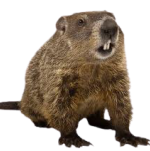
Woodchuck
Woodchuck Removal Information & How-To Tips
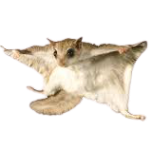
Flying Squirrel
Flying Squirrel Removal Information & How-To Tips

Chipmunk
Chipmunk Removal Information & How-To Tips
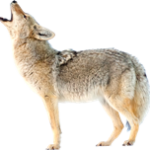
Coyote
Coyote Removal Information & How-To Tips

Fox
Fox Removal Information & How-To Tips

Wild Hog
Wild Hog Removal Information & How-To Tips
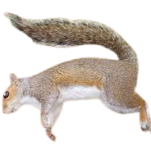
Dead Animal
Dead Animal Removal Information & How-To Tips